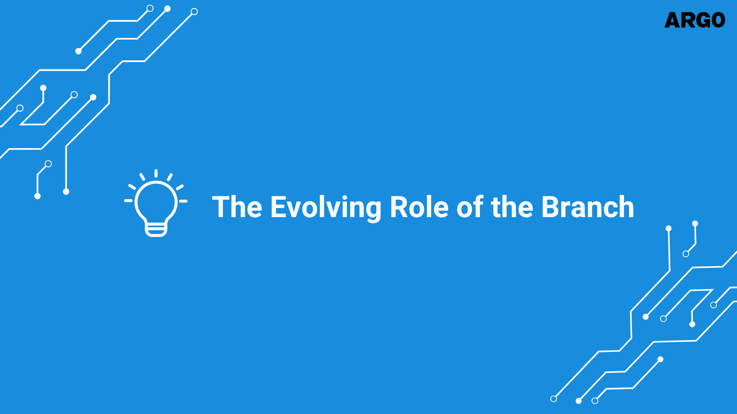The Evolving Role of the Branch

Many branches have seen a decline in traffic and a change in customer transaction requests. As a result, financial institutions are redefining the role of the branch and contact center as consumers adopt digital self-service technology. Consumers still value the local branch, but they increasingly use it for complex transactions, issue resolution, advisory services, or when cash is involved.
Historically, branches have been high-volume transaction processing centers and the primary vehicle for account fulfillment and servicing. As the need and demand for digital self-service options increase, a seamless Omni-channel approach to transaction processing allows the institution to effectively meet customer needs wherever they choose to transact business.
A true Omni-channel solution enhances customer experience and increases banker efficiency by allowing customers to resume a partially completed account application, started through digital channels but completed with the assistance of branch staff. A universal desktop provides seamless access to monetary transactions, services functionality, sales, fulfillment, and advisory support from a single touchpoint. This eliminates roadblocks associated with switching software applications or moving to a different physical station. The banker can focus engagement with the customer to meet needs and reduce customer friction caused by unnecessary wait times.
For institutions that have modified the physical layout of the branch to accommodate the evolving branch role, the banker can handle the full spectrum of the customer needs for that branch visit from a single location.
For more information, download the Teller Strategy in Today's World interview document.

